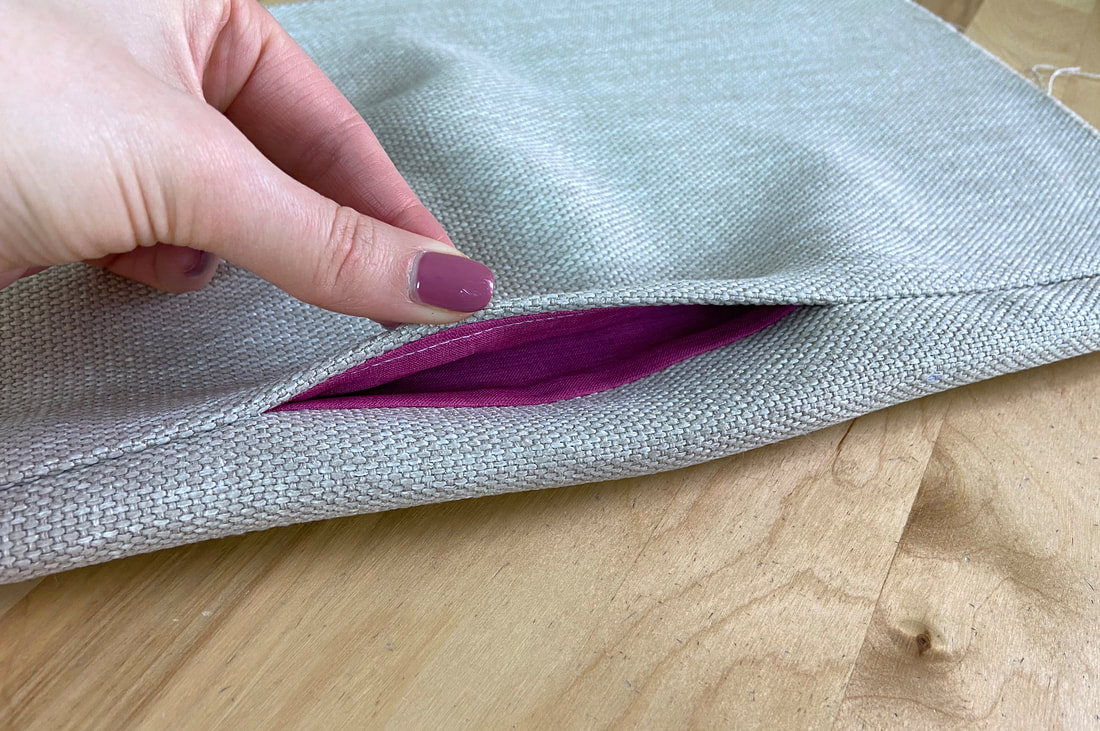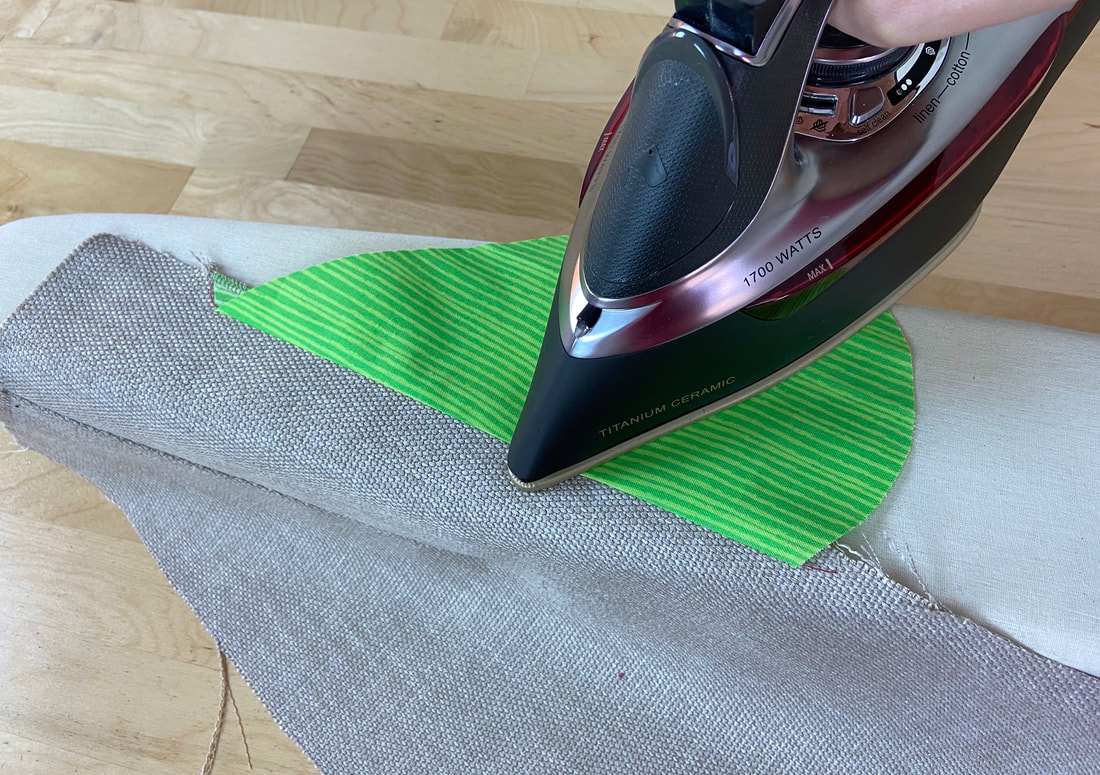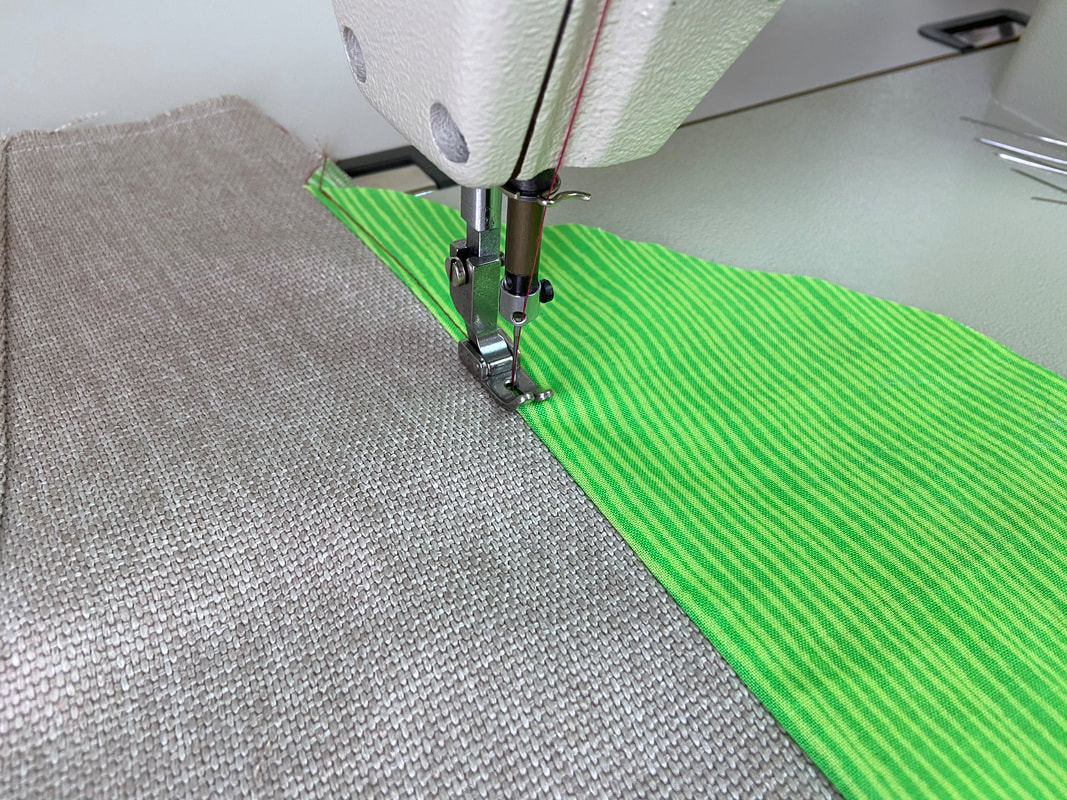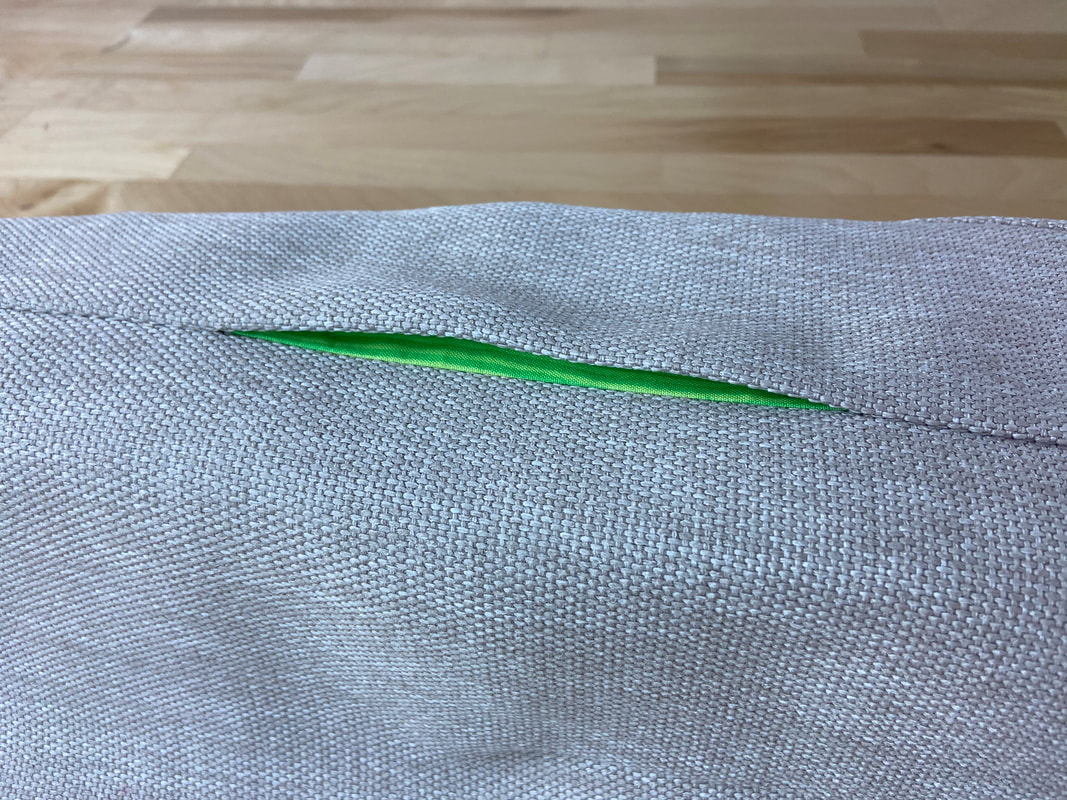Why You Should Always Understitch An On-Seam Pocket's Underlay
Ever come across an on-seam pocket with a pocket bag layer that keeps rolling to the outside of the pocket opening edges? The culprit is the underlay (or front pocket layer comprising the pocket bag) not being understitched prior to completing the application.
Sewing Rule: When sewing a conventional on-seam pocket (using separate pocket bag pieces), you should always understitch the front pocket layer prior to aligning and stitching the pocket bag.
An understitch is a straight stitch that is applied right next to the seamline, through the pocket piece and all seam allowance layers underneath. When the front pocket edge is folded, the understitched layer remains flat and securely enclosed on the inside of the pocket bag.
An understitch is a straight stitch that is applied right next to the seamline, through the pocket piece and all seam allowance layers underneath. When the front pocket edge is folded, the understitched layer remains flat and securely enclosed on the inside of the pocket bag.
Understitching is fairly easy: Once the front pocket piece is stitched to its corresponding front seam edge, iron the pocket layer and all seam allowance (underneath) away from the garment (toward the pocket) as pictured above. It is easiest, in this case, to iron from the seam's face side.
Stitch next to the seamline through the pocket piece and seam allowance layers underneath. Apply this stitch as evenly as you can, keeping all layers smooth and flat in the process.
In the finished pocket application, both the seam allowance layers and the pocket bag are ironed toward the garment's front. As a result, the pocket bag layer corresponding to the back seam edge remains flat while the front layer is folded under to create an underlay (or facing). If this facing is not understitched, the pocket bag tends to roll toward the outside of the pocket opening lacking the proper structure and support.





